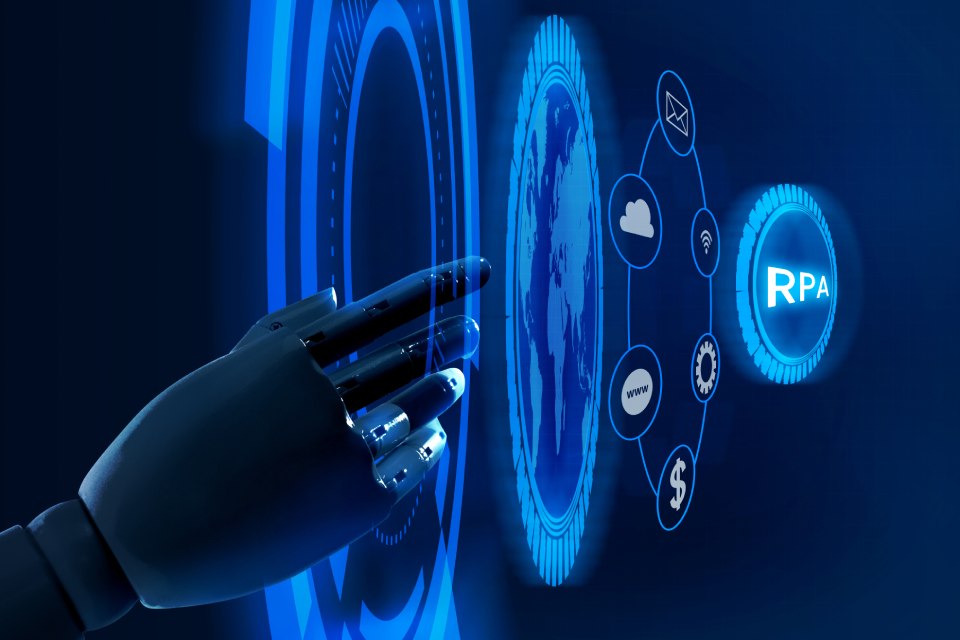RPA has earned recognition by helping various companies automate hitherto manual chores and enhance various business flows. Developed from its roots in the early 1990s, Robotic Process Automation is the modern-day perfect instrument, using automation, artificial intelligence and ideal workflow controls. This evolution of RPA is all about moving from the concept of task automation to developing organizational wisdom to enhance enterprise operations.
The Forefathers Of RPA
Ideas regarding RPA were introduced by such generations as machine learning (ML) and screen-scraping technology during the early 1990s. It made it possible for computers to perform the following cognitive tasks: text summarization as well as translation. Scraping then raised the level of automation by extracting information from website files and systems to make integration possible.
However, those early technologies had their problems. For example, they were often inaccessible, or simply it was too difficult to use them by rather simple minds within the business. However, they are considered pioneers who helped to establish and set the foundation of understanding about the meaning of modern RPA meaning by demonstrating the demand for robotic process automation. The usage of RPA first appeared at the turn of the century to refer to what would become a potent force in the decade that followed.
Pervasive Macro And Micro Drivers That Led To The Emergence Of RPA
The evolution of RPA has been shaped by three critical factors: technology, organization and productivity, Workflow and artificial intelligence.
Automation As The Catalyst
Since the Industrial Revolution, automation has been at the heart of the enhancement of technologies. In the 1990s, it transitioned into digital processing, where it performed tasks like interaction logging and macro execution. This evolution led to turning simple automation into stable RPA tools that would be able to manage challenging processes.
It was clear that by the year 2020, new forms of automation, such as robotics, were applied across industries, including the automotive and electronics industries, showing how central automation is to changing contemporary production systems.
The Better Part Of The Coordination: The Role Of Workflow Management
Accounting processes are actually lifelines of RPA, as they act as a framework for managing and automating different tasks. First confining itself to simple sequences, WfMS grew into a complex tool capable of supporting multiple business requirements. Currently, RPA works with the WMS and enhances its performance in terms of complex processes, production, customer follow-up, and internal functioning.
The Role Of Artificial Intelligence
Advanced technology such as AI has extended RPA to be known as Intelligent Automation. Compared with the original RPA, AI can support automating unstructured data and constantly changing conditions. Intelligent RPA can augment for exceptions, improve and automate based on data in the process and effectively offer greater value in various industries.
Modern RPA: Intelligent And Collaborative
Today’s RPA has an orientation toward specific industries, the usage of cloud environments for deployment, and integration with other intelligent technologies. Sectors including healthcare, finance and manufacturing, on the other require industry-specific RPA to address their particular needs. One of the biggest advantages that cloud-based RPA brings is the speed of deployment and reach, which corresponds to the increasing trend of cloud solutions.
Integration with technologies such as Business process automation (BPA) guarantees efficient orchestrated process flow with no compromise of process complexity. Such integration brings about hyper-automation, where AI and RPA are deployed to automate not only the structured but also the unstructured processes to create an awful lot of value.
The Future Of RPA: Smarter Automation
The next wave of growth in RPA is Intelligent Automation, in which AI, Cognitive abilities and Attended automation bots come together to manage sophisticated processes. This evolution will also enable businesses to run front-end and back-end operations continuously with natural language processing, unstructured data, and other customer experiences.
So long as there is a willingness among firms to address smarter automation, the possibilities remain endless. The shift of RPA from simple automation to intelligent process optimization means that, at some point, technology not only augments the capability of human capital assets but also sets new benchmarks of operational efficiency.
Also Read: Automation Is Changing The World Of Work





